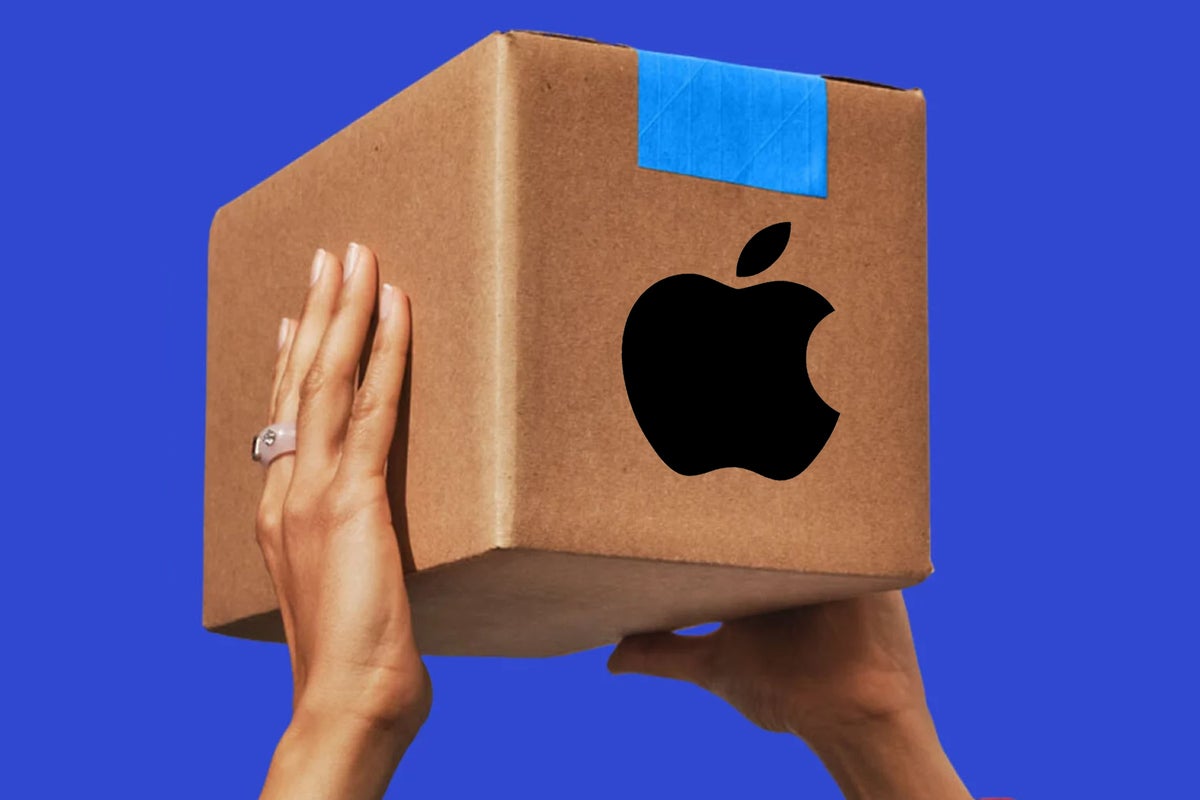Once upon a time, digital business sat inside the security perimeter. Devices were kept in offices, shared the same network, and were protected by antivirus software, firewalls, and software updates. This system wasn’t perfect and became increasingly specialized, with security teams, networking teams, and others all working in different sectors.
With mobility, this changed. Devices were unleashed from their locations, used their own networks, and stood outside of traditional corporate endpoint protection.
The pandemic accelerated these changes, fostering the evolution of innovative security protections outside of traditional perimeters, such as around zero-trust. The global zero trust security market is now expected to reach $99 billion by 2030, up from $23 billion in 2021.
What is zero trust?
Definitions differ, but verification is critical to how this security model works. That means that everyone — every location, every user, every device, even every app — is blocked from access to enterprise assets and services until they can prove they should have such access.
The philosophy is that breaches are inevitable and that threats can come from anywhere, including within the network. The National Institute of Standards and Technology (NIST), part of the US Department of Commerce, explains it this way: “Zero trust refers to an evolving set of cybersecurity paradigms that move defenses from static, network-based perimeters to focus on users, assets, and resources.”
When used alongside device management services such as Jamf, Mosyle, Kandji, and others, additional factors, including location, device-specific data, and may also come into play to further secure the device and its communications. The idea is that even as the number of potential security vulnerabilities increases, the core protection on the device — the zero trust protection — brings a layer of authentication and oversight to protect interactions in the first place, and to speed up response when things go wrong.
That’s zero trust, or at least what it attempts to deliver. It’s also going to become mandatory across digital business in the years to come.
That’s a simplification of a compound of complementary technologies, of course, but the end game should be that no matter what devices your employees use, what apps they employ, and where they are accessing your networks from, you can be fairly certain access is legitimate. Your SaaS applications and company data remain secured no matter where or how your people access it.
Why it matters to Apple admins
Apple’s fast-growing position in the enterprise is a huge opportunity for Apple admins. They come to the space relatively less encumbered by the traditional silo-based approach to security and have the advantage that most key Apple device management systems already support the superior security magic that is zero trust.
Because they aren’t constrained by an old approach, Apple techs have…
2023-10-05 20:24:03
Source from www.computerworld.com rnrn
